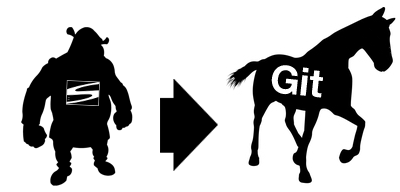Colloquy (freely available at http://colloquy.info) is a very nice Mac OS X desktop application for IRC. However, it is in serious need of some design help. All of its built-in Styles would make even the most inexperienced graphic designer weep.
Last week I was introduced to the Campfire style for Colloquy. It had a very nice, clean design. But it too closely mimicked the Campfire web application it was based on, so its design elements conflicted with the usability of a good IRC style. For example, it framed all “nickname has left the chat room” messages in blue; highlighting the noise.
But the Campfire style was just too close to what I wanted. Before I was content to use a crappy-ish Colloquy style as long as I could get my work done reasonably well. Now that Campfire had hinted at what I really wanted, I had to work on trying to get the best, most usable style possible.

